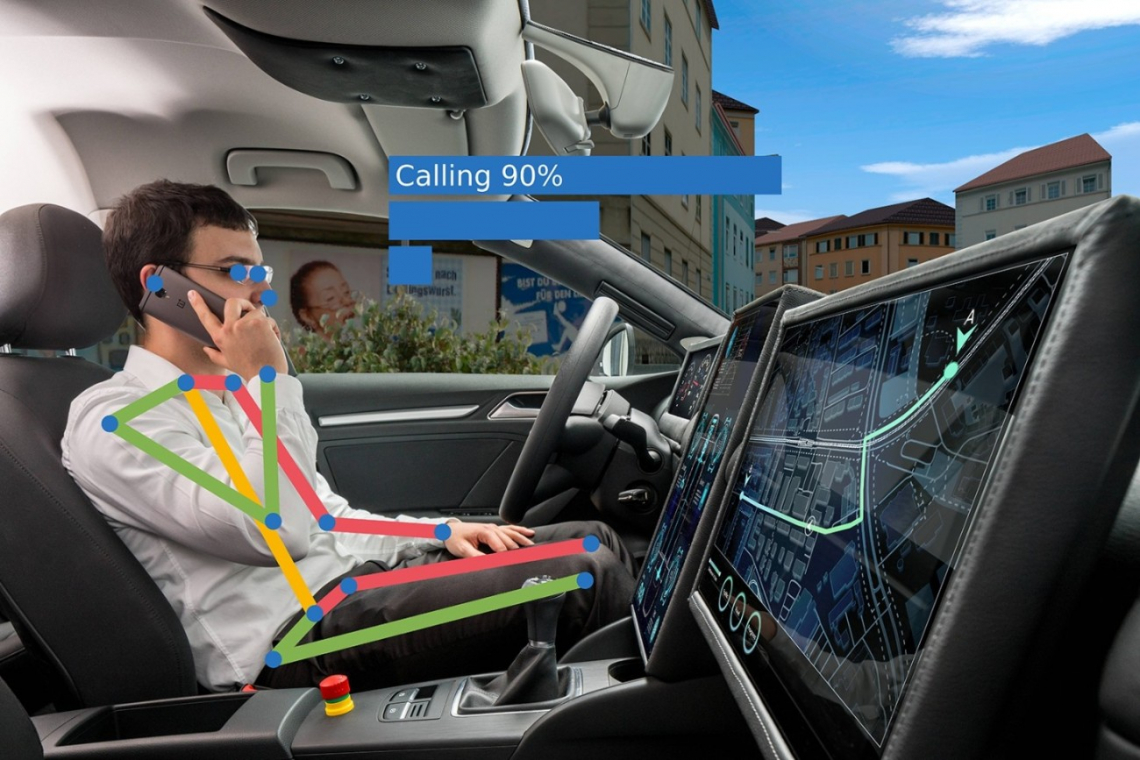The aim of a joint project called KARLI between the Fraunhofer Institute IOSB and several partner companies is to optimize communication between vehicle and driver.
The researchers are combining sensor technology for interior monitoring with language models to create vision-language models in order to increase the comfort and safety of future cars. An image processing model processes visual data. Relevant information is extracted and used in future as context for functions such as AI assistance and safety systems.
As the level of automation increases, interaction with humans must be rethought. The consortium is dedicated to this task in the KARLI project (Artificial intelligence for adaptive, responsive and level-compliant interaction).
Of the degrees of automation
- not automated (0)
- assisted (1)
- partially automated (2)
- highly automated (3)
- fully automated (4)
- autonomous (5)
AI functions for levels two to four are processed in KARLI. Driver states are recorded and typical interactions for the respective levels are derived from them.
Complex task of suitable interactions
Depending on the current automation level, drivers have to concentrate on the road or can engage in other activities. The ability to switch between different levels depending on the situation makes it a complex task to select the appropriate interactions in each case. These can be visual, acoustic and/or haptic. In addition, the risk of motion sickness - a major problem in passive driving - should be anticipated and minimized. By comparing the occupants' activities with expected accelerations on winding roads, an AI will be able to give the occupants tips on how to avoid motion sickness at the right time. These can be brief and purely verbal when the driver is concentrating on the road or detailed and via visual channels when the vehicle is performing the driving task. Trust in the service provider, data security and a direct benefit for the driver are crucial for the acceptance of such systems. It must be transparent what information a sensor collects and what it is used for.


